Johnny's Cafe
Introduction
Text-to-speech Audio
Johnny's Cafe has been an Omaha institution for over a century. Its founding offers a window to understanding the city in the early 20th century, along with Polish immigration and the history of Omaha's stockyards. The restaurant was started by Polish immigrant Frank Kawa who arrived in the United States at 10 years old and settled in Omaha with his aunt five years later. Given the restaurant's proximity to the Union Stockyards, Frank's establishment became a place where immigrant laborers and their families socialized.
Images
Frank Kava (Kawa) Arrested as "Beer Baron"
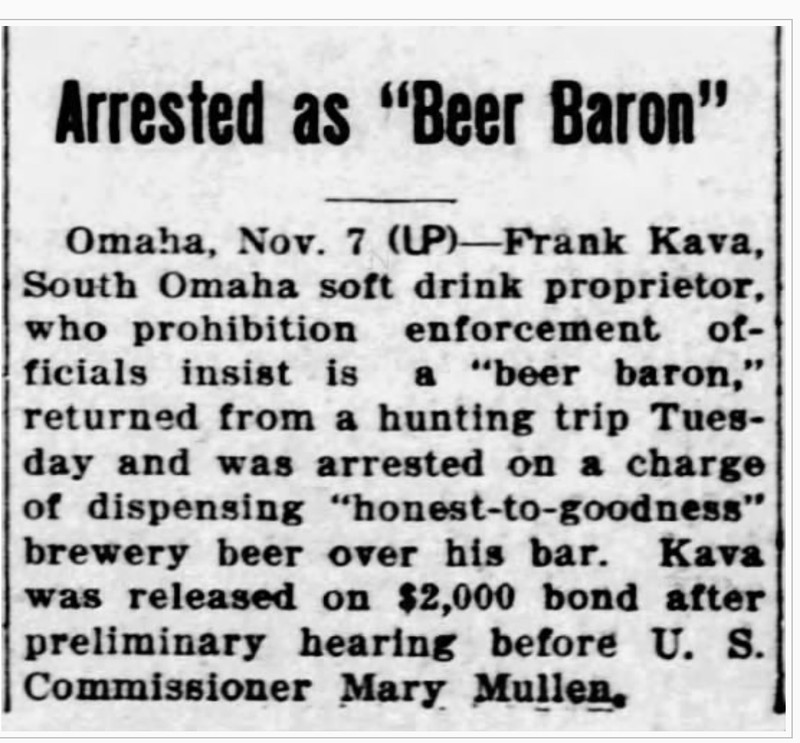
Front of Johnny's Cafe
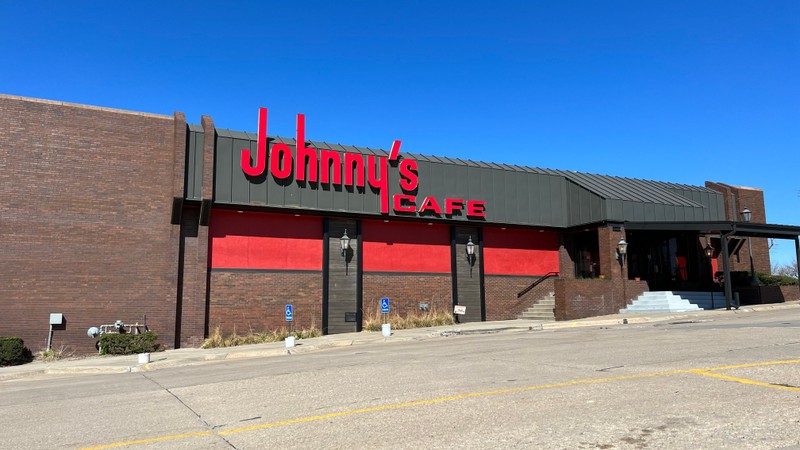
Wall of Memories - Vestibule
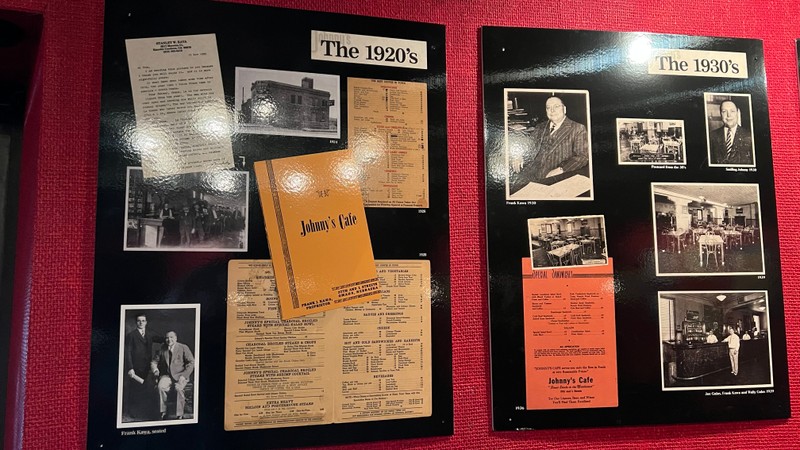
Wall of Memories - Vestibule Continued
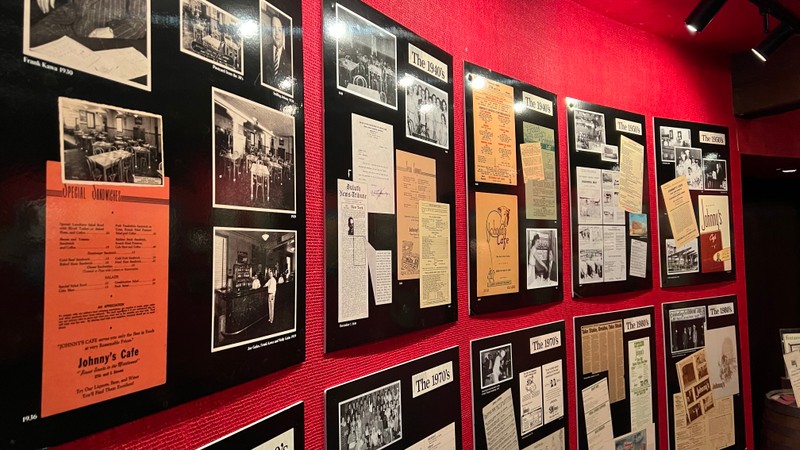
Waiting Area - Vestibule Continued
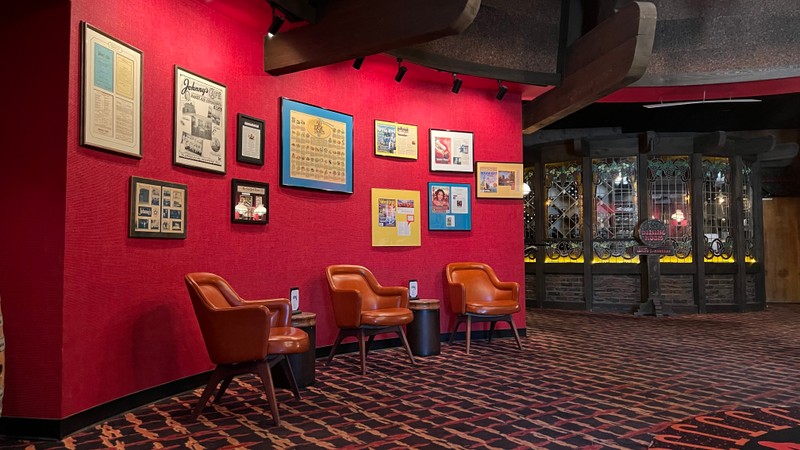
Cashier's Cage
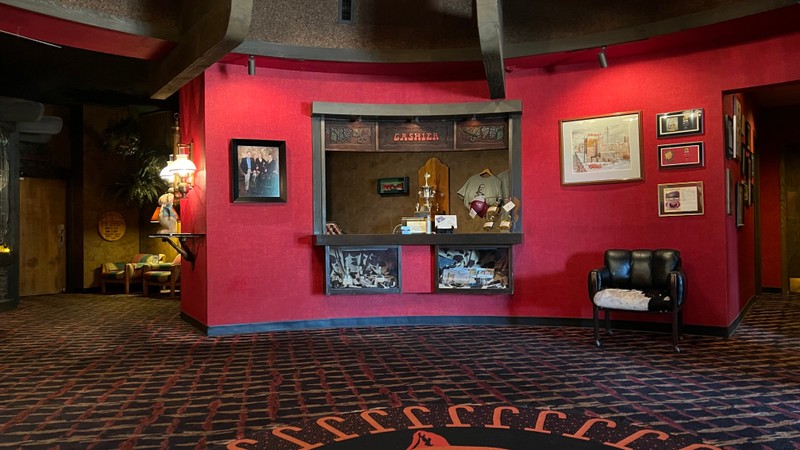
Frank Kawa - Original Owner and Proprietor
.jpg)
Dining Room
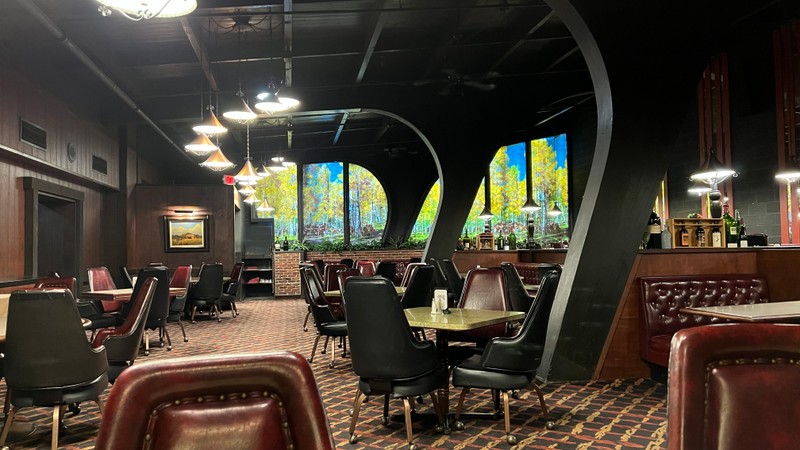
Backstory and Context
Text-to-speech Audio
By the 1930s, Omaha had the highest concentration of immigrants from Poland in the Great Plains. In 1911, Frank Kawa arrived in South Omaha at 15 years old, accompanied by his aunt. After success selling sandwiches, he purchased the restaurant known as "Johnny's" and transformed it.
During the Prohibition Era, Frank was known as "the beer baron of Omaha" and made a small fortune providing beer to different venues throughout town. By the 1930s, Frank morphed Johnny's from a simple bar that sold sandwiches into a steakhouse catering to cattlemen, bankers, brokers, brothel owners, and day laborers. The restaurant operated 20 hours a day. In the mornings, Johnny's would serve breakfast. At noon, sandwiches for the meatpackers. And a night, a fine dining steakhouse establishment with cocktails. It was said at Johnny's, "A wink and nod got you a glass of beer for 25 cents." Frank served a nine-month sentence and stoped selling beer after that according to author Rachel Grace, Frank later claimed, "He only sold soda pop beverages."[1]
Johnny's location next to the Union Stockyards was part of the restaurant's success. At this point in Omaha's history, the stockyard was one of the three largest in the United States, At its height, the stockyard slaughtered approximately 20,000 animals a day. By 1955, Omaha surpassed Chicago as the nation's largest meatpacking and distribution center in the country.[3] According to Grace describing the relationship between the stockyards and Johnny's success, "Wherever there were plenty of cattle, there was a profit to be made."[1]
After Frank died in 1961, his sons, Jack and Tom, took over the business before passing it along to Jack's daughters, Sally Kawa and Kari Harding. Today, the restaurant is a South Omaha institution and the history of the establishment can be found displayed inside the dining area and along the walls of the restaurant. The menu reflects the connection to the stockyards with prime rib, steak, and Thanksgiving meals every Thursday.
The ambiance still harkens back to the days of the bustling stockyard business as Sarah Hansen describes, "The interior of Johnny’s Cafe today dates from a remodel in the early 1970s." The diner was on full display in Alexander Payne's 2002 film "About Schmidt," featuring Jack Nicholson.
Sources
[1] Grace, Rachel P. Omaha Food: Bigger Than Beef. 1. E-booked. Vol. 1. 1 vols. Charleston, SC: American Plate, 2015.
[2] Graham, Judith. “End Nears for Omaha Stockyards.” Chicago Tribune. Tribune Publishing, March 14, 1999. https://www.chicagotribune.com/news/ct-xpm-1999-03-14-9903140280-story.html.
[3] Hansen, Sarah Baker. “Prime Rib with Side of History: Johnny's, Iconic Stockyards Steakhouse, Turns 100.” Flatwater Free Press. Flatwater Press, March 7, 2022. https://flatwaterfreepress.org/prime-rib-with-side-of-history-johnnys-iconic-stockyards-steakhouse-turns-100/.
[4] Harding, David. “Frank Kawa, the Force behind South Omaha Landmark Johnny’s Cafe, Was Once Known as 'the Beer Baron of Omaha.” Omaha World-Herald. May 11, 2018. https://omaha.com/frank-kawa-the-force-behind-south-omaha-landmark-johnny-s-cafe-was-once-known-as/image_a1eee880-ac5b-5675-bd09-8edf68a49bb9.html.
[5] Westside High School, The Shield (Omaha, NE: 19550, 79, My Heritage Archives, https://records-myheritagelibraryedition-com.leo.lib.unomaha.edu/research/record-10569-209657502/frank-kawa-in-us-yearbooks-name-index, accessed April 4, 2022.
[6] Wishart, David J. “Encyclopedia of the Great Plains.” Encyclopedia of the Great Plains | POLES. University of Nebraska-Lincoln, September 1, 2004. http://plainshumanities.unl.edu/encyclopedia/doc/egp.ea.030.xml.
The Columbus Telegram 07 Nov 1928
John Kennett
John Kennett
John Kennett
John Kennett
John Kennett
John Kennett
John Kennett
